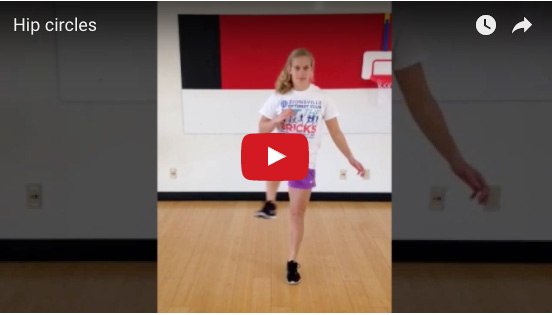By: Megan Lambert
This is the second article in our three-part “FIT” series, which discusses practical ways to implement an exercise routine, a dynamic warm-up, and a workout recovery into your daily life. Specifically, this article discusses what to do before your starting your workout. We already covered how important it is to carve out time in your daily schedule to exercise, but did you know that it is equally if not more important to prepare your body for exercise?
In this article, we will discuss the benefits of warming up your muscles before activity as well as give you 10 simple movements that you can include in your routine.
Visit our website (www.indycorefitness.net) or contact us at (317)430-0063 to inquire about our personalized training programs and how we can help you reach your fitness goals!
Benefits of a warm-up:
Injury prevention
Just like a NASCAR driver wouldn’t begin a race without first warming up the car’s engine, so you should increase the temperature of your “vehicle” (your body’s musculature system) before beginning your “race” (your daily workout). By performing various dynamic stretches and movement patterns, you prepare your body for more rigorous movement. For example, performing body weight squats or sumo squats prepares your body a set of barbell back squats.
Improved mobility
The exercises found in a dynamic warm-up are based upon movement patterns such as squatting, jumping, rotating, etc. These are movements that citizens in our modern society struggle to complete on a daily basis. Dr. Kelly Starrett illustrates this point well in his book, “Deskbound.” Because of our modern society, many people sit at work all day, sit in the car, sit when they eat, sit when they watch TV…you get the idea. Because of lengthy amounts of sitting, basic movement patterns are inhibited. Therefore, a good dynamic warm-up will help counteract the biomechanical deficiencies that prolonged sitting can have on your body.
Decrease stress on heart
According to an article from the American Heart Association, “by slowly raising your heart rate, the warm-up also helps minimize stress on your heart.” Meaning, performing steady state cardiovascular exercise, such as using an elliptical or riding a stationary bike, can increase your heart rate gradually rather than suddenly or all at once. Various exercises such as jumping jacks, jump rope, and skips can also accomplish this goal.

